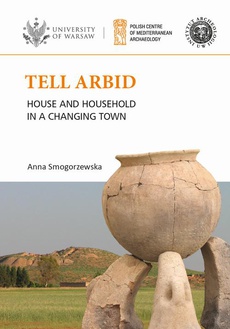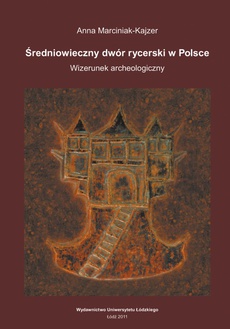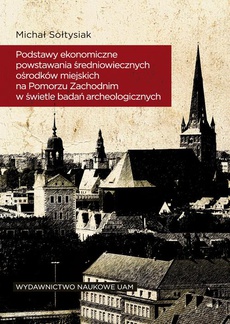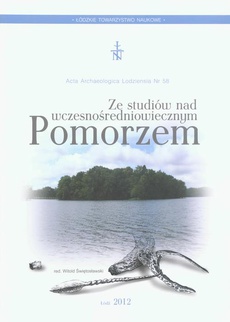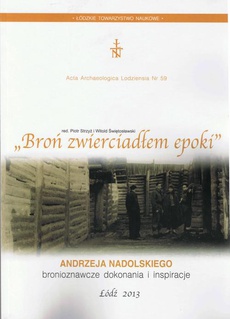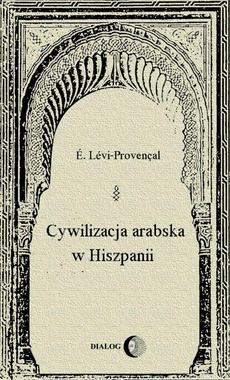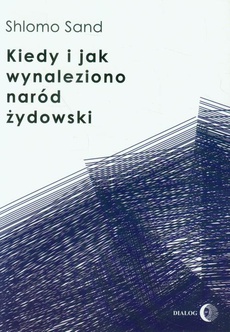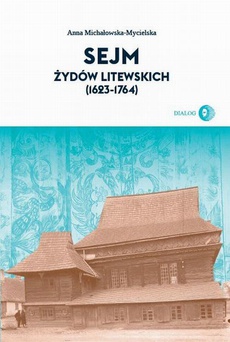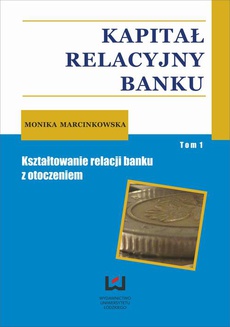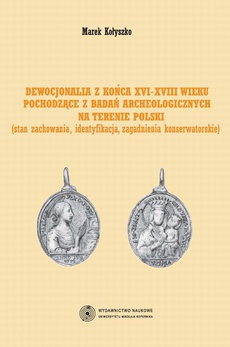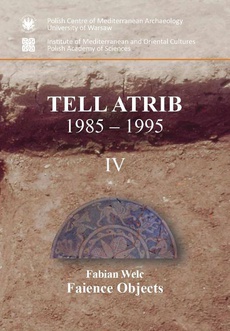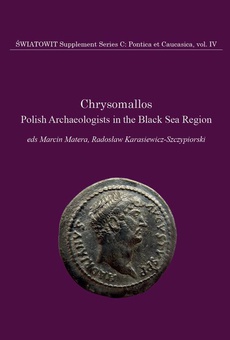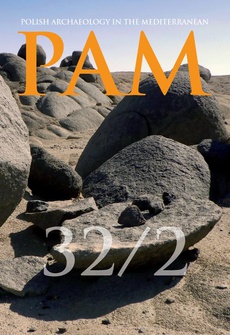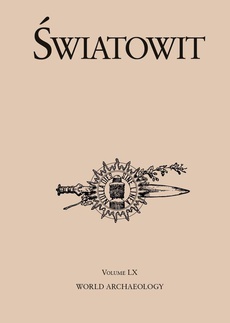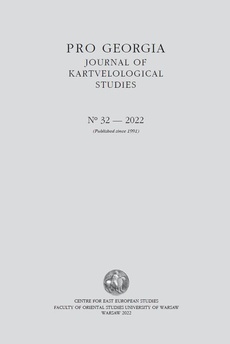POLECAMY
Tell Arbid
House and household in a changing town. PAM Monograph Series 9
Autor:
Wydawca:
Format:
Przedstawione w publikacji wyniki badań archeologicznych w jednej z dzielnic mieszkalnych na stanowisku Tell Arbid dostarczyły nowych danych na temat jednego z kluczowych momentów w rozwoju Syryjskiej Dżeziry (EJZ2–EJZ3, 2550–2350 p.n.e.) – okresu transformacji społeczno-gospodarczych a jednocześnie okresu najbardziej dynamicznego w rozwoju samego stanowiska. Rezultaty badań pozwoliły na lepsze poznanie jak funkcjonował dom i gospodarstwo domowe w średniej wielkości mieście z punktu widzenia kultury materialnej, organizacji społecznej, zasobów gospodarczych czy życia codziennego mieszkańców.
The exploration of house and household—architecture, domestic features and artifacts—from a major site in the Syrian Jezirah at a key period in the development of the region (EJZ2–EJZ3, that is, 1550–2350 p.n.e.) has given a vivid picture of the life of an ancient community, its material culture, social organization, economic resources and daily activities at the time of its greatest development. Tell Arbid in northeastern Syria was a middle-sized town whose rise and expansion was particularly dynamic in the Ninevite V period (EJZ1–EJZ2), reflecting the robust urbanization processes that were part of a widespread socio-economic transformation of the region at the time.
A study of the results of more than 10 years of archaeological investigation of Area D on Tell Arbid, focusing on the sphere of community life in one of the urban districts recognized in the town, has given new insight into the way of life of the inhabitants and the functioning of the house as an economic unit, as well as the nature of food preparation and home industries, recognizing in greater depth the social and economic structure of the community that once inhabited this town.
| Rok wydania | 2019 |
|---|---|
| Liczba stron | 474 |
| Kategoria | Archeologia |
| Wydawca | Uniwersytet Warszawski |
| ISBN-13 | 978-83-235-4098-4 |
| Numer wydania | 1 |
| Język publikacji | angielski |
| Informacja o sprzedawcy | ePWN sp. z o.o. |
Ciekawe propozycje
Tell Atrib 1985-1995 IV
do koszyka
Tell Me Why - poradnik do gry
do koszyka
Wilhelm Tell
do koszyka
You Never Can Tell
do koszyka
Spis treści
| Preface | 7 |
| Chapter 1. Geographical context and archaeological evidence | 9 |
| 1.1 Location and natural setting | 9 |
| 1.2 Occupation history | 12 |
| 1.3 Research history | 14 |
| Chapter 2. Area D. Methodology and stratigraphy | 15 |
| Chapter 3. Architecture | 17 |
| 3.1 Materials and techniques | 17 |
| 3.1.1 Mudbricks | 17 |
| 3.1.2 Mudbrick patchwork | 17 |
| 3.1.3 Wall and floor coating | 17 |
| 3.2 Street and doorways | 18 |
| 3.2.1 Street | 18 |
| 3.2.2 Doorways | 19 |
| 3.3 Architectural units | 21 |
| 3.4 House concepts in the Syrian Jezirah. EJZ 2-EJZ 3 periods | 72 |
| 3.5 House concepts in Area D. Late EJZ 2-EJZ 3 | 74 |
| 3.6 Houses in the economic and social context | 77 |
| 3.7 Storage and crop processing facilities | 78 |
| 3.8 Domestic features | 83 |
| Chapter 4. Pottery | 103 |
| 4.1 Pottery classification | 103 |
| 4.1.1 Pottery morphology | 103 |
| 4.1.2 Technological classification | 104 |
| 4.1.2.1 Fabric | 104 |
| 4.1.2.2 Method of manufacture | 104 |
| 4.1.2.3 Secondary forming techniques | 107 |
| 4.1.2.4 Surface treatment | 107 |
| 4.1.2.5 Firing | 107 |
| 4.1.2.6 Color | 108 |
| 4.1.2.7 Pottery tools | 110 |
| 4.2 Technological classes of pottery | 110 |
| 4.2.1 Fine ware | 110 |
| 4.2.1.1 Technological groups | 111 |
| 4.2.2 Common ware | 112 |
| 4.2.2.1 Technological groups | 112 |
| 4.2.3 Coarse ware | 112 |
| 4.2.3.1 Technological groups | 113 |
| 4.3 Pottery types | 113 |
| 4.3.1 Fine ware bowls | 113 |
| 4.3.1.1 Morphological types | 113 |
| 4.3.1.2 Fine ware bowls by phase | 120 |
| 4.3.1.3 Function | 121 |
| 4.3.2 Fine ware jars | 122 |
| 4.3.2.1 Morphological types | 122 |
| 4.3.2.2 Fine ware jars by phase | 126 |
| 4.3.2.3 Function | 126 |
| 4.3.3 Common and coarse ware bowls | 127 |
| 4.3.3.1 Morphological types | 127 |
| 4.3.3.2 Technology | 128 |
| 4.3.3.3 Common and coarse ware bowls by phase | 129 |
| 4.3.4 Common and coarse ware jars | 129 |
| 4.3.4.1 Morphological types | 129 |
| 4.3.4.2 Technology | 131 |
| 4.3.4.3 Common and coarse ware jars by phase | 132 |
| 4.3.4.4 Function | 132 |
| 4.3.5 Special types | 133 |
| 4.3.5.1 Pot stands | 133 |
| 4.3.5.2 Strainers | 135 |
| 4.3.5.3 Decantation vessel | 136 |
| 4.3.5.4 Ladle | 136 |
| 4.3.5.5 Double-mouthed pot | 136 |
| 4.3.6 Kitchen Ware | 137 |
| 4.3.6.1 Morphological types | 137 |
| 4.3.6.2 Technology | 139 |
| 4.3.6.3 Kitchen Ware by phase | 141 |
| 4.3.7 Metallic Ware | 142 |
| 4.3.7.1 Morphological types | 143 |
| 4.3.7.2 Metallic Ware by phase | 144 |
| 4.3.8 North-Mesopotamian Grey Ware | 144 |
| 4.3.9 Euphrates Banded Ware | 145 |
| 4.3.10 Jezirah Burnished Ware | 146 |
| 4.3.10.1 Morphological types | 146 |
| 4.3.10.2 Technology | 149 |
| 4.4 Rims, bases and appendages | 150 |
| 4.4.1 Fine ware bowl rims | 150 |
| 4.4.2 Fine ware jar rims | 151 |
| 4.4.3 Common and coarse ware bowl rims | 152 |
| 4.4.4 Common and coarse ware jar rims | 152 |
| 4.4.5 Pot stand rims | 153 |
| 4.4.6 Kitchen Ware rims | 153 |
| 4.4.7 Bases | 153 |
| 4.4.8 Appendages | 154 |
| 4.5 Decorative motifs | 155 |
| 4.6 Pottery in Phases A-D (late EJZ 2-EJZ 3 periods). Main trends and types | 159 |
| 4.7 Chronological observations in pottery development (Phases A-D) | 163 |
| Plates | 166 |
| Tables | 392 |
| Chapter 5. Burials | 409 |
| Chapter 6. Sm all finds | 419 |
| 6.1 Stone tools | 419 |
| 6.2 Lithics | 424 |
| 6.3 Zoomorphic and anthropomorphic figurines | 424 |
| 6.4 Glyptic | 431 |
| 6.5 Beads and pendants | 433 |
| 6.6 Spindle whorls | 435 |
| 6.7 Needles and pins | 436 |
| 6.8 Tokens | 436 |
| 6.9 Metal objects | 436 |
| 6.10 Model vehicles | 437 |
| 6.11 Model wheels | 438 |
| 6.12 Pierced pottery discs | 438 |
| 6.13 Pottery scrapers | 443 |
| Chapter 7. Subsistence economy | 445 |
| Chapter 8. Conclusions | 449 |
| References | 452 |
| List of figures and tables | 466 |

